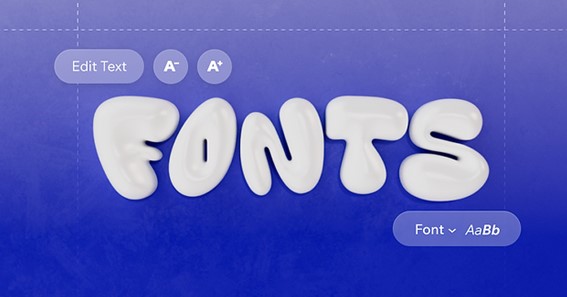Notches and bars
The presence of a slab serif in a font is the most important feature in any classification of fonts. The shape of the notch depends on the general logic of the construction of the font, and this logic has developed from ancient Rome to the present day. Because of their ancient origins, notched fonts are called antiques. Fonts with notches can be enjoyed like good wine, books are written on this topic, and here we will talk about what is the meaning of notches in general and how to use them correctly.
In text fonts, such as Times New Roman or its analogues, notches at the edges of the strokes help the eyes to slide more quickly along the line. Even with weak clarity, the notch prevents optical distortion from shortening the vertical stroke, so the baseline of the line and the height of the letters are preserved. Therefore, fonts with notches are most often used in voluminous texts on artistic, scientific or educational topics.
Click here – Reasons to use a Fixed Deposit calculator
In the same large size, notched fonts become a historical costume of the character, sending the viewer to the right time and place. Venetian antiques, Italo-French antiques, English antiques, and Classical antiques are all portals to a certain country and historical era. The higher the level of cultural awareness of the viewer, the more precisely he will move. Even the mass consumer, who does not know the subtleties, will decide that before he is a classic, historical font, and these associations inspire trust. All fonts with notches, except block fonts, to one degree or another, carry the pathos of their great ancestor – the Roman capital font from Trajan’s column. Hollywood producers and their imitators understand this, which is why Trajan is the most common typeface in cinema.
Bars are very different from other forms of notches, so block fonts are often allocated a separate place in the classification. A notch is considered a bar if it is reasonably even, rectangular, and has a thickness comparable to the main stroke of the font. Such letters are inconvenient to write with calligraphic tools, it is better to draw, stamp or cut them. This form does not make for comfortable reading, but it can transport the viewer to different places, from the Wild West to Germany in the 1930s. The main feature of block fonts is masculine severity, so they look organically in factory shops, tool shops or steakhouses.
Click here – Strategies for Making Your Cover Letter Stand Out in a Competitive Job Market
Summary
Each feature of the free fonts affects a person at the level of optics, ancient instincts and cultural experience. These hidden messages can help your design work, but they can also hinder it, so the choice of the font must be correlated with the message being conveyed, brand values and the preferences of the target audience. It is better to use a minimum of qualities, adjusting them as precisely as possible, than to get “in milk” ten times. Then the design will be understandable for the target audience, useful for the customer, and interesting for other designers.
Notches and bars create a cultural context: from the idealism of timeless classics (Notches) to the pragmatism of factory stamping.

